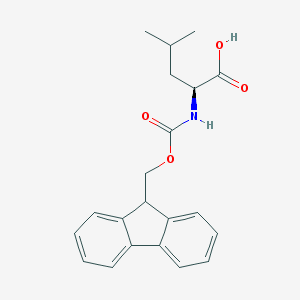Chemical suppliers adopt comprehensive procurement optimization methods
The most successful chemical suppliers, regardless of their size, industry or geographical location, have adopted different strategies. First, they classify purchases according to value and strategic importance. Second, they use a comprehensive approach to purchase optimization, which goes far beyond the traditional leverage mentioned earlier.
If chemical suppliers do well in this aspect, they can get considerable profits. Our data on more than 500 chemical industrial commodities show that the best practices can save 1% to 5% for basic commodities and 10% to 20% for fine and special chemicals. In the indirect category, the potential for cost savings is even higher - for example, in facilities management, it and telecommunications or office supplies, the potential for cost savings is as high as 30%.
Purchasing excellence begins with thorough segmentation to identify products that are strategic and critical to the company's operations.
In most cases, strategic materials include a small number of commodities, accounting for a large part of the company's annual expenditure. Key materials refer to products with lower cost, but they are critical because of their importance to the company's final products and the risk of supply disruption or price fluctuations. For example, the availability of suppliers may be limited.
Companies can take different approaches to the tail. This includes the remaining lower quantities and less important products; the supply of these products is usually best left to the distributor.
For strategic and critical materials, first-class companies adopt a comprehensive procurement optimization approach, including three elements.
Most chemical suppliers use contract management and supplier management as the main means when purchasing important direct materials. Top notch companies bring some extra elements to the mix. When there are major changes, such as the recent drop in oil prices, they will strictly renegotiate supply agreements, and they will carefully define contract terms to control the risk of price fluctuations.
But perhaps most importantly, they strengthen their traditional business capabilities with comprehensive and up-to-date facts and strong analytical skills, which gives them a deep understanding of how suppliers' real costs and market changes will affect their procurement. As a result, their negotiating team is less dependent on high-pressure tactics and more determined to have a real opportunity to supply materials at a lower total cost.
This fact is based on an understanding of the global market for related chemical products. Depending on the quality and supply of raw materials, energy prices, local demand and the production capacity of the region, the prices of chemicals may vary greatly between regions. The cost curve, such as the caustic soda price curve shown in Table 3, can reveal the best location to provide sufficient quantity of required products at the most attractive cost, and can provide insight into the development of price and availability. In terms of caustic soda, the Middle East and the United States currently have the lowest cost (in the case of the United States, this is largely due to the availability of cheap shale gas). However, the largest trading volume in the market is China.


评论
发表评论